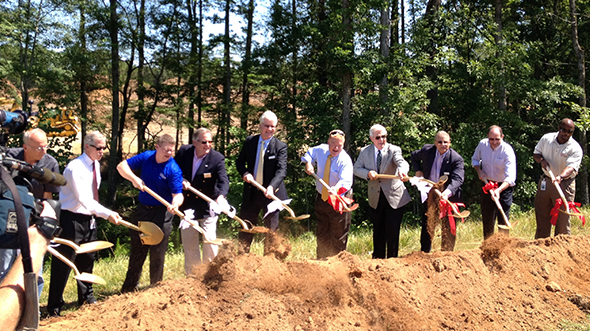
BLOG
—
Managing Surprises, Part 4: Message Integrity and Completeness in Project Communication
We could say that the goal of communication is to effectively transfer a message from one party to another. The effectiveness of our communications will be diminished if all or part of a message is omitted, unclear, inaccurate, inadequately distributed, irrelevant or untimely.
Our personal and professional lives are filled with communications that often happen rapidly, intermittently and concurrently with other events, amid distractions and incoming streams of mostly irrelevant and sometimes inaccurate information. Given all of that, it’s no wonder that communicating is one of the hardest things we do. Because communication is such a vital and often challenging part of our profession as consultants, I’ve decided to convey this look at project communication in two entries. Today, I’m focusing on the first four factors mentioned in the paragraph above. I’ll save the other two for next week.
Years ago, someone shared with me a simple model that breaks down every communication event into three messages: the message we intended, the one we sent and the one that was received. This three-message model seems to hold true in every common mode of communication—speech, sign language, letters, memos, reports, emails, text messages, instant messaging and so on—not to mention the ever-growing universe of social media. Consequently, the more closely the messages we send align with the information others receive, the more effective our communication will be. This is “message integrity,” and to the extent we can achieve it, we preserve the completeness, accuracy and clarity of our communications.
Other dimensions of communication, such as body language, facial expression and tone of voice, serve as parallel “channels” of communication that can support the integrity of our messages. In general, the more channels we use to help communicate an important message, the more likely it is that the three messages will be in agreement. That’s why important communications are typically best accomplished in person, whenever possible. It’s also why video conferences can be better than a phone call, a call can be better than an email, etc.
When appropriate, I try to follow up in writing to bookmark significant conversations. This establishes a placeholder for future reference and helps remind folks of any relevant action items. If written communication is my only or best option, I will sometimes just send a note asking for a meeting or call. When written communication must be used to send critical information, I try to follow the BLUFF principle—bottom line, up front, first. Nearly everyone we work with is busy, therefore some emails and texts don’t get read beyond the first few words. The more important the message or sensitive the subject matter, the more tightly I try to adhere to these practices.
Parenthetical note: If COVID has taught us anything, it’s that video communication can be a double-edged sword. While videos can be useful for picking up nonverbal cues, they can also be intrusive if one party wasn’t expecting a video call or doesn’t have a distraction-free workspace. In the past few months, we’ve learned some new things about being sensitive to conditions on the other end of a call, and about the need to be prepared to receive video calls whenever practical.
Moving to omission of information and inadequate distribution; these problems can both impact message completeness and can share some common solutions. Developing a well-vetted stakeholders list at project initiation is one way to avoid these issues. Agreeing on project communication protocols at the kickoff meeting is another. The project communication plan should account for not only distribution of information but also feedback from the project team.
It’s also important to qualify information—especially new information—as best we can with respect to completeness and confidence level when we pass it along to others. New information, while important, can often be incomplete or inaccurate. Our list of stakeholders and our communication protocols may need to be updated periodically during project performance, especially when new information or potential scope changes are introduced to the project team.
Message integrity and completeness will make our communications more effective, which means we will be better positioned to avoid or minimize surprises and to manage the ones we cannot avoid.
Next up: Relevancy and Timeliness in Project Communication.

Lee Smith
Leland (Lee) Smith, PE, PMP, D.WRE, is an engineer program director for Woolpert’s water market and is based in the firm’s Atlanta office, where he leads project teams in problem definition, analysis and solution delivery for water infrastructure and water resource projects. Lee aspires to an increasingly client-centered approach to consulting, to foster good working relationships and support high professional standards.


